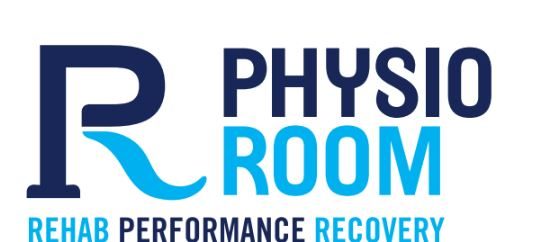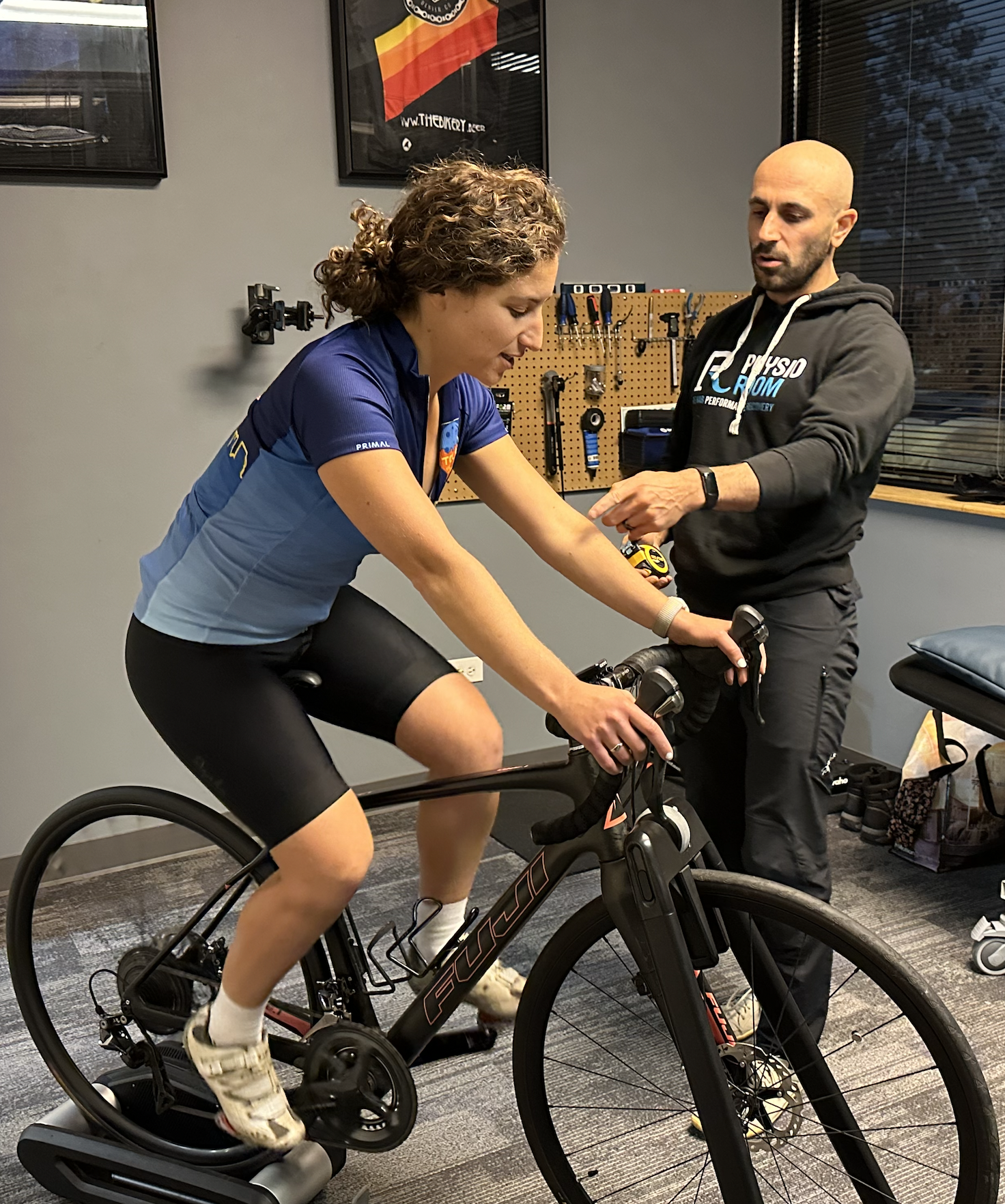Rethinking Running Injuries – 4 Causes You Should Be Aware Of
In this post we are going to discuss three things related to running related injuries – Why they happen, how to manage them, and what to address to bounce back from them quickly.
As we talked about in our last running blog Running: Expectations vs. Reality, running is one of the most common exercise activities in the world. Unfortunately, runners have a high prevalence of injuries with up to 80% of runners sustaining an injury in a given year. This number creeps even higher when we consider marathon running, where nearly 90% of marathoners experience an injury throughout their training cycle!
With advances in footwear and healthcare technology, as well as the increasing knowledge around training and nutrition guidelines, why then do injury rates remain so high in the sport of running?
Let’s explore four causes that lead to running related injuries that you should be aware of.
Training Errors
Training errors generally involve improper progression of the volume or intensity of one’s training. One of the most common training errors is simply doing too much, too soon. In general, the less experienced or conditioned you are the slower the process should be. However, having experience or being in shape doesn’t mean you can skip the process all together. Volume and intensity must be built slowly over time.
Another important aspect that falls under training errors would be an incomplete training regimen. We often see runners who are missing a proper warm-up, cool down, and strength training program. We all struggle with not having enough time to do all of the things we want throughout the day or the week. Three things to not sweep under the rug when it comes to avoiding a running related injury would be the warm-up, cool down, and strength training routine.
Last but not least, we will touch on the importance of recovery. When we are training hard we have to provide the body with adequate time to rest and recover to reap the benefits of our training load. Building active recovery days into our schedule is an important factor to staying healthy and performing at our best ability level.
Movement Dysfunction
This item boils down to our ability to move our body through full ranges of motion without significant compensations. When discussing running specifically, it is important to focus on the feet, ankles, knees, hips, and spine mobility. Limitations in one or more of these areas will alter our running mechanics and increase the likelihood that we sustain some sort of injury. These issues generally happen slowly over time as a result of not using the range of motion that we are capable of.
Watch the “Ready to Run Checklist” Video Series to help you with your mobility.
Lifestyle Factors
It is complicated to determine how much of an impact our lifestyle plays into our ability to resist injury. What is not complicated is knowing that it is a major contributor! Which lifestyle factors are most important when it comes to reducing injury risk for runners? Here are a few factors to focus on: sleep, nutrition, stress management, hydration, daily movement, footwear selection, and positional errors.
In general, the more dialed in you have each one of these factors, the more you will be able to challenge your body without breaking down. Each of these factors are areas that we address with our clients regularly.
External Factors
This section addresses the variables that are out of your individual control. Sometimes injuries are accidents, such as slipping or falling during a run. As a result, we are now in a position to treat and recover from an unexpected injury.
Another external factor we must take into consideration is our competitive nature or the amount of adrenaline we exert. We’ve all had times where we get into the heat of the moment, push ourselves a little harder than we were prepared for, but don’t notice any negative repercussions until after the fact. Remember, the more you prepare your body with the items mentioned above, the less this external factor will play a role in leading to injury.
We hope this article educated you on running-related injuries and provided guidance in how to best avoid and manage injuries moving forward.
If you’re interested in discussing this topic in more detail or if you’re struggling with an injury and seeking support, please feel free to call us at 720.316.9974 or email Dr. Andrew directly at andrew@physioroomco.com





No responses yet